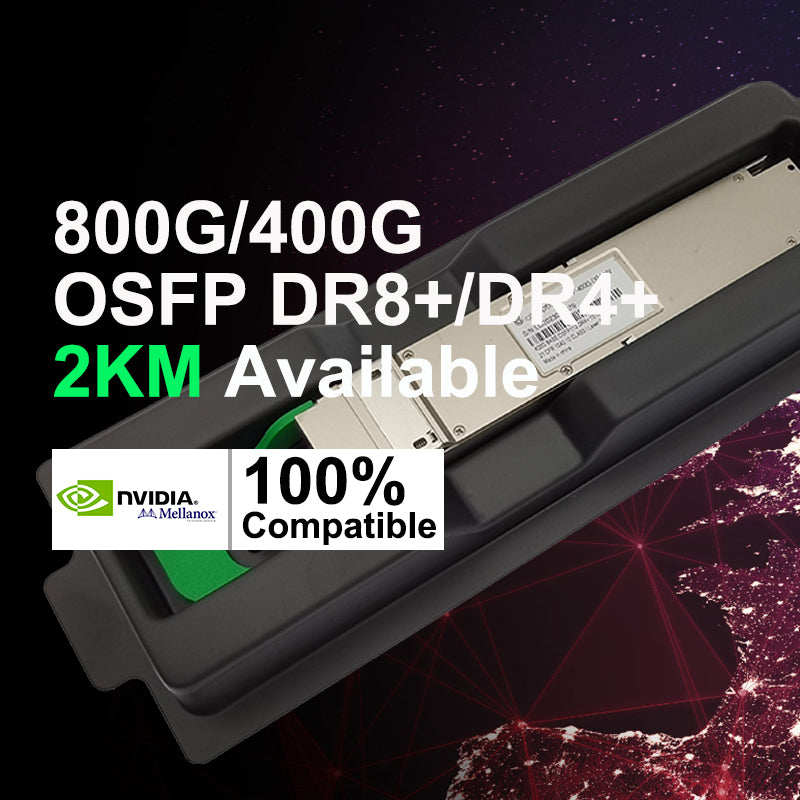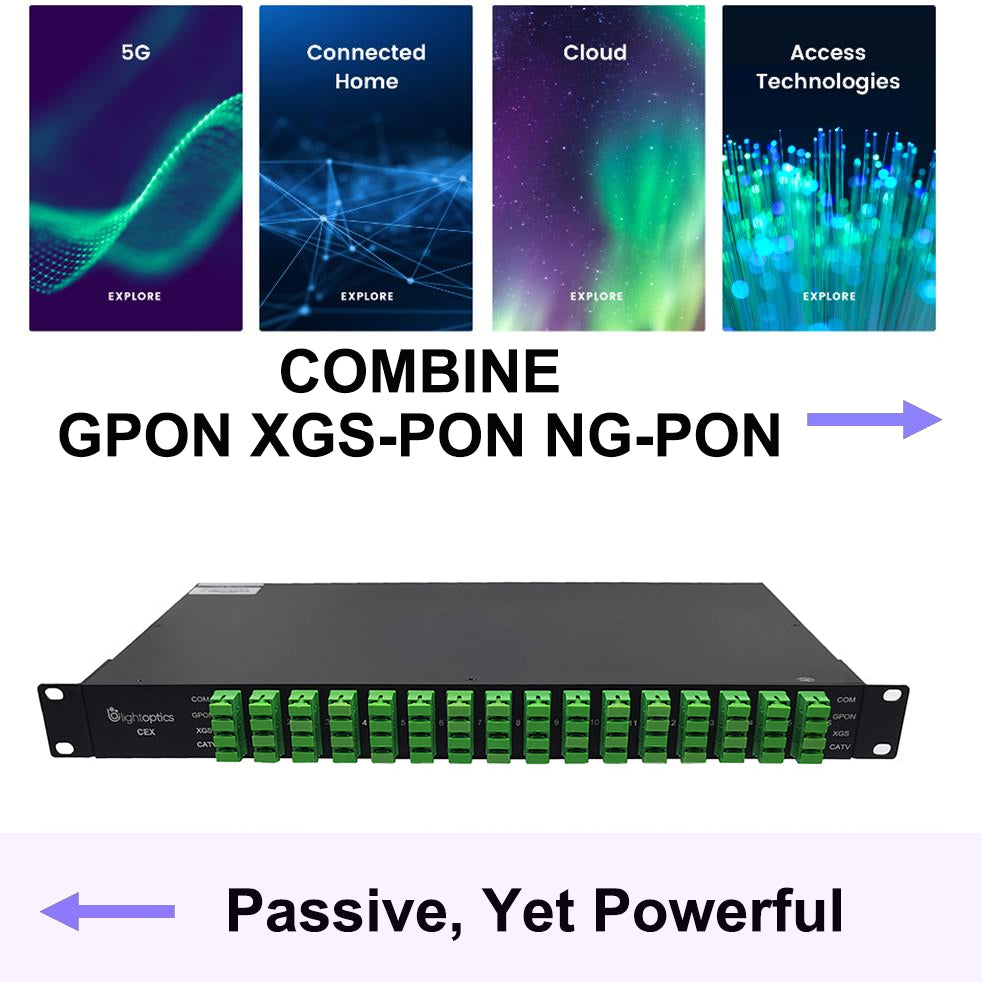How to manage Power Cord in a rack?
How to manage Power Cord in a rack?
Power cords are widely used in data centers and server rooms to power various electronic loads and computer equipment. From the looks of them alone, you may find power cords with various plugs and sockets confusing. Not to mention that each application is also very different. So how do you identify power cords and organize them in your IT rack? This article might solve your problem.
What is Power Cord?
The connection of electronic equipment to the AC power supply is achieved by a power cord, which has detachable connectors on both ends. There are three parts involved in a power cord: a cable plug (male connector) that can be inserted into an AC outlet to provide power, a receptacle (female connector) to be attached to equipment, and a cord that connects these two parts. In this section, power cords with various connector types are presented, with a detailed analysis of their names, appearance, and applications.
Wire Color-Coding
For safety and convenience reasons, wire color-coding standards were developed for the jackets of the individual conductors inside power cords. Below is a list of the US and European color-coding standards. Please note that these apply to most power cords in the US and Europe. Color-coding may vary in certain applications.
| Wire | USA Color | EU Wire Color |
| Live Wire | Black | Brown |
| Negative Wire | White | Blue |
| Ground Wire | Green | Yellow/Green |
NEMA Power Cord
Established by the National Electrical Manufacturers Association (N.E.M.A.), NEMA describes various connectors used on power cords throughout North America and some other countries. NEMA devices range in amperages from 15-to 60, and in voltages from 125-600. The most common NEMA connectors are the 5-15 and 5-20 designations. The first number indicates the plug configuration. This includes the number of poles and wires and the voltage. The second number in the code indicates the amp rating of the device and is followed by an “R” for the receptacle or a “P” for a plug. For example, 5-15R is a 125V, 2-pole, 3-wire receptacle rated at 15 amps and is the most commonly found power outlet in houses in the U.S.

Amps vs Wire Gauge
There is a direct correlation between cable length, amperage, and wire gauges. The following list is a basic breakdown of the relationship between amperage vs wire gauge. These are only basic guidelines, so as the length of the cord is increased either the amps will decrease or the wire gauge will have to be increased.
| Amperage | Recommended Wire Gauge |
| 7a | 20 AWG |
| 10a | 18 AWG |
| 13a | 16 AWG |
| 15a | 14 AWG |
| 20a | 12 AWG |
IEC 60320 Power Cord
The International Electrotechnical Commission (IEC) has published international standards IEC 60320 for power cords. You can find IEC 60320 C13 to C14 connectors on almost all personal computers and monitors. It has a rating of 10 amps and the female connector end is noted as C13 while the male connector end is noted as C14. The IEC 60320 C19 to C20 connectors are rated for 16 amps and again have a female connector end (C19) and a male connector end (C20). C19 to C20 connectors are commonly used for devices such as some servers and UPS systems. The details of the IEC C13 to C14 power cord and C19 to C20 power cord are presented below.

Safety concerns: Power cord connectors are made differently for different voltages in use, to prevent devices designed for one voltage from being inadvertently connected to another. Using a power cord with a voltage higher or lower than the equipment's design voltage is hazardous and may damage the equipment or cause a fire.
Managing In-Rack Power Cables
Power and data cabling, such as fiber optic or copper cables, inevitably coexist within an IT rack. It is necessary to organize them for better web performance and aesthetic appeal. Here we offer three tips for efficient power cord management.
Power and data cables are separated
We know that EMI can degrade cable performance. Separating power and fiber optic cables helps minimize the effects of EMI, prevent erratic or error-prone data transfers, and reduce human error. In some specific environments, it is necessary to cross power and data lines as perpendicular to each other as possible to minimize EMI. It is recommended to bundle the data cables on one side of the rear of the IT cabinet and distribute the power cables on the other side of the rear of the IT cabinet. Using high-quality fiber optic cables also helps to minimize EMI.
Use a colored power cord
Good identification and management of power cords are essential. Using colored power cords is a great way to simplify equipment management within the rack. Colored power cords provide easy power path identification, simplified primary and redundant power manageability, and efficient installation, giving your server room a clean and organized look.
Label power cords
Labeling both ends of the power cord is an integral part of the infrastructure installation and testing process, and is simply a good investment. It will save you much time and energy when finding the target power cord, and distinguishing one from another.

Conclusion
The power cord serves as an integrated part to provide the necessary power supply to your network. Effective power and data cable management within an IT rack makes a world of difference Track and replace cables, easily remove hardware, increase airflow, reduce troubleshooting time and reduce the risk of human error. By adopting good wiring guidelines, your hardware will run cooler, and more efficiently, and ensure your cables are healthy and long-lived. You can also prevent premature hardware failure due to insulation.
In this chapter, we'll walk you through the basics related to power cords, as well as some tips for efficiently managing power cords in an IT rack. Hope it helps you identify and choose the ideal power cord.













